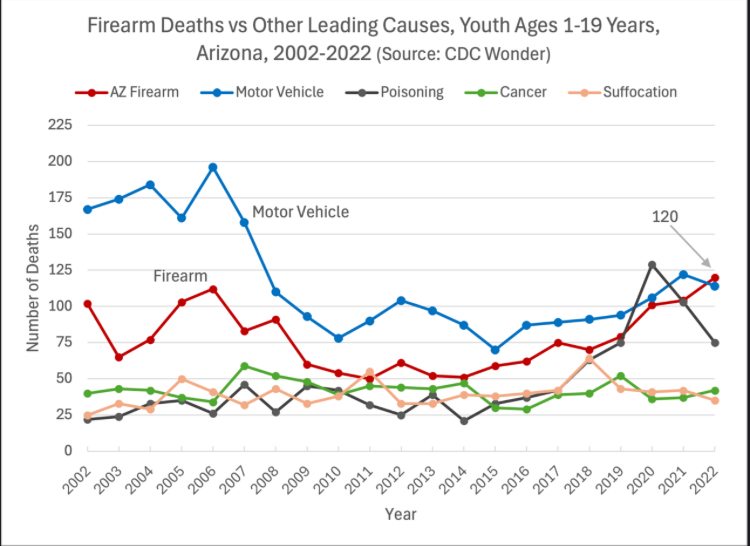Arizona Attorney General Kris Mayes’ offered a legal opinion last Thursday that marks a significant step forward in clarifying the legal framework surrounding emergency abortions in Arizona. This move comes as a relief for both pregnant women and healthcare providers navigating the murky waters of Arizona’s abortion laws.
Mayes’ detailed opinion provides much-needed clarity for situations where an abortion is necessary to save the life or health of a pregnant woman after 15 weeks’ gestation.
According to the legal opinion, abortions are permissible under state law if the woman’s life or health is at significant risk.
For physicians, the opinion provides a legal safety net, allowing them to perform their duties without the constant concern of legal consequences and implications for their license by clarifying that actions taken in good faith to protect a woman’s life or health will not result in legal action against healthcare providers.
See the Opinion: The meaning of “medical emergency” under A.R.S. § 36-2321(7)
For pregnant women in Arizona, this decision ensures access to essential, life-saving healthcare without the threat of legal complications. The opinion makes it clear that medical professionals can act decisively in emergencies, prioritizing the health and well-being of their patients.
Attorney General Mayes’ decision is a crucial affirmation of the rights and health of women in Arizona, ensuring that access to necessary medical care is not impeded by legal ambiguities even if the pregnancy is past Arizona’s 15-weeks’ gestation limit.
It represents a return to a more compassionate and medically sound approach to reproductive healthcare, providing a critical safeguard for both patients and providers in the state.
Voters will likely have an opportunity to clarify the limits of abortion care later this year when they vote on a likely voter driven constitutional amendment regarding abortion care.
You can read AZPHA’s argument in favor of that constitutional amendment here: Vote for Access to Sexual & Reproductive Health: Vote Yes on Proposition XXX




